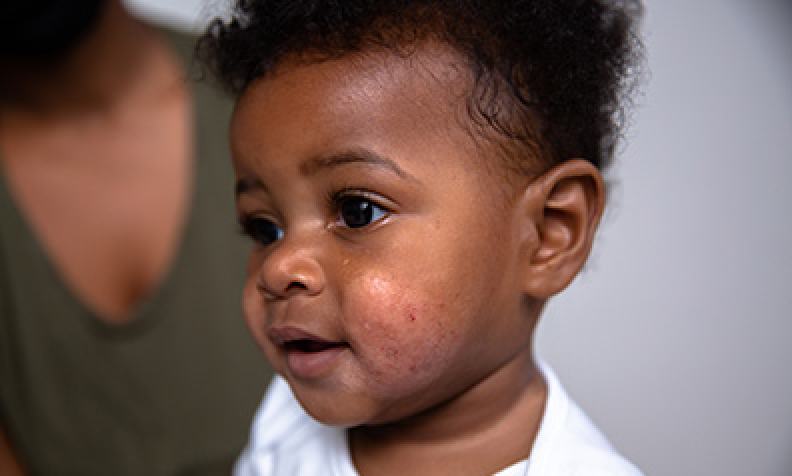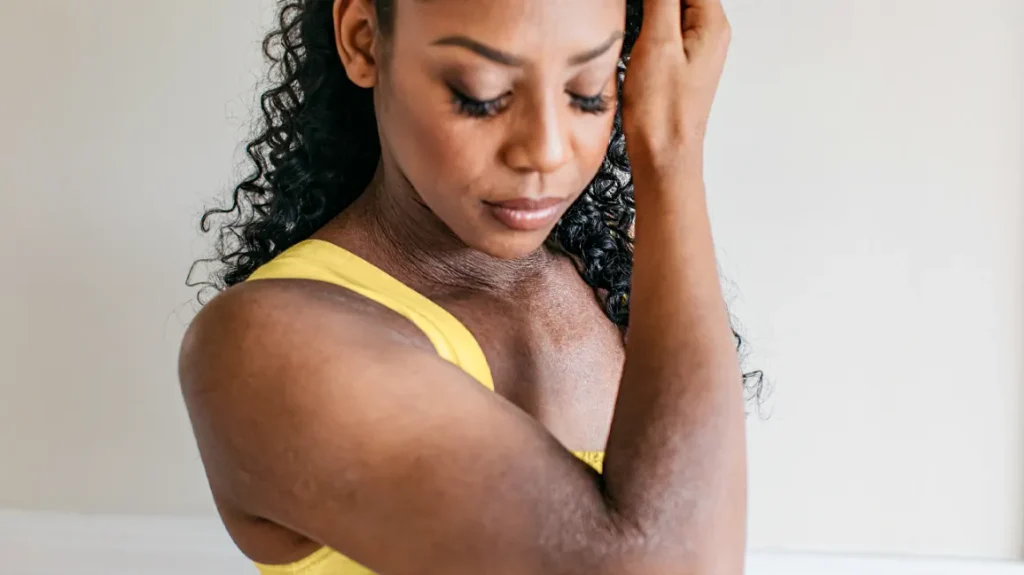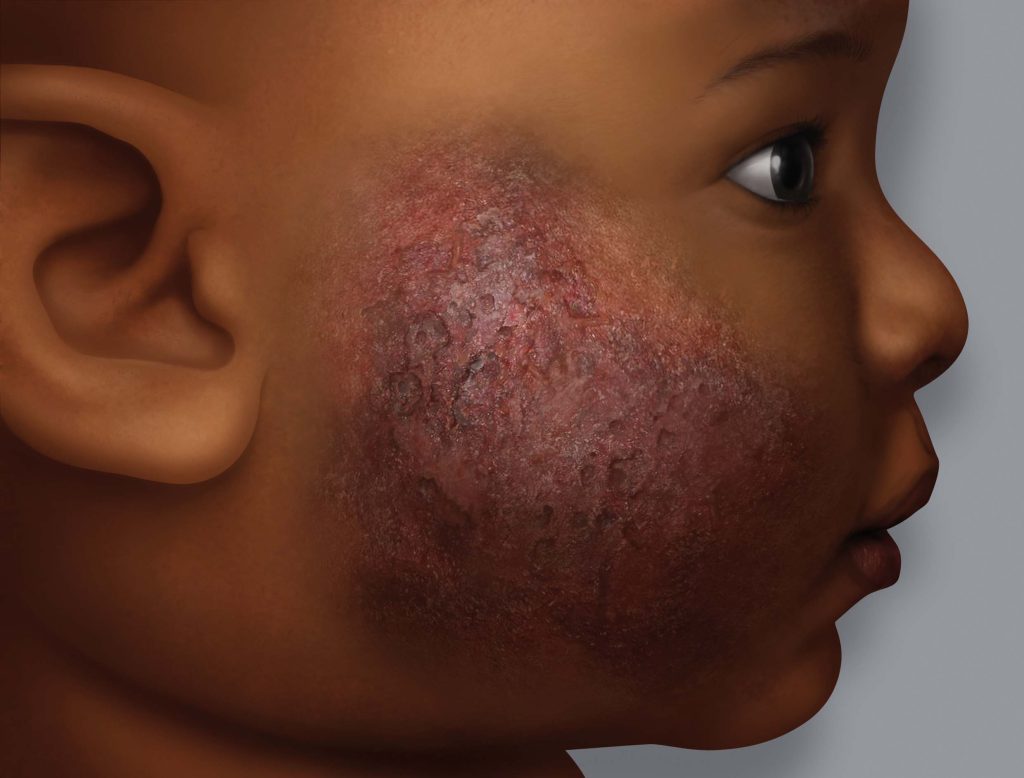
- BY: Dr Boitumelo Pule-Kitchin
- No Comments
Atopic eczema is a very common chronic skin disease mostly found in children. Most patients outgrow it by the age of 5 years but it can persist into adulthood in 30% of people.
It presents as a rash affecting the face, neck, elbows and behind the knees in infants. In adults it mostly affects inside of the elbows, back of the knees, neck, ankles, wrist and hands.


It’s a relapsing and remitting rash, characterized by itch and and inflammation. The itch can intense in children especially at night making them irritable. The skin can be dry, thickened cracked and scaly. Sometimes it can become infected with bacteria and become weepy.
Apart from the physical discomfort associated with atopic eczema there can be psychological impact including low self esteem, bullying, inability to participate in sports because of embarrassment or fear of it being infectious. (Which it’s not)
It can be associated with other atopic conditions such as asthma and allergic rhinitis. Its exact cause is unknown but there seem to be genetic and environmental factors at play.


It can be exacerbated by cosmetics, soaps, detergents animal dander (cats, dog, horse), dry skin, food allergies (cow’s milk, hen’s eggs, soya, wheat, nuts, peanuts), heat, wool as well as stress.
Treatment comes in the form of emollients, steroid (creams or tablets), or steroid sparing agents. Antibiotics can be used if the skin is infected.
In order to prevent and reduce exacerbations the following are important;
- Keep the skin moisturized: use thick moisturizers, apply as many times as possible.
- Use mild soap or soap substitutes –eg aqueous cream to bath.
- Apply moisturizer when the skin is still damp.
- Use unperfumed moisturizers.
- Once a day bathing.
- Avoid allergens.
- Use cotton clothing.
